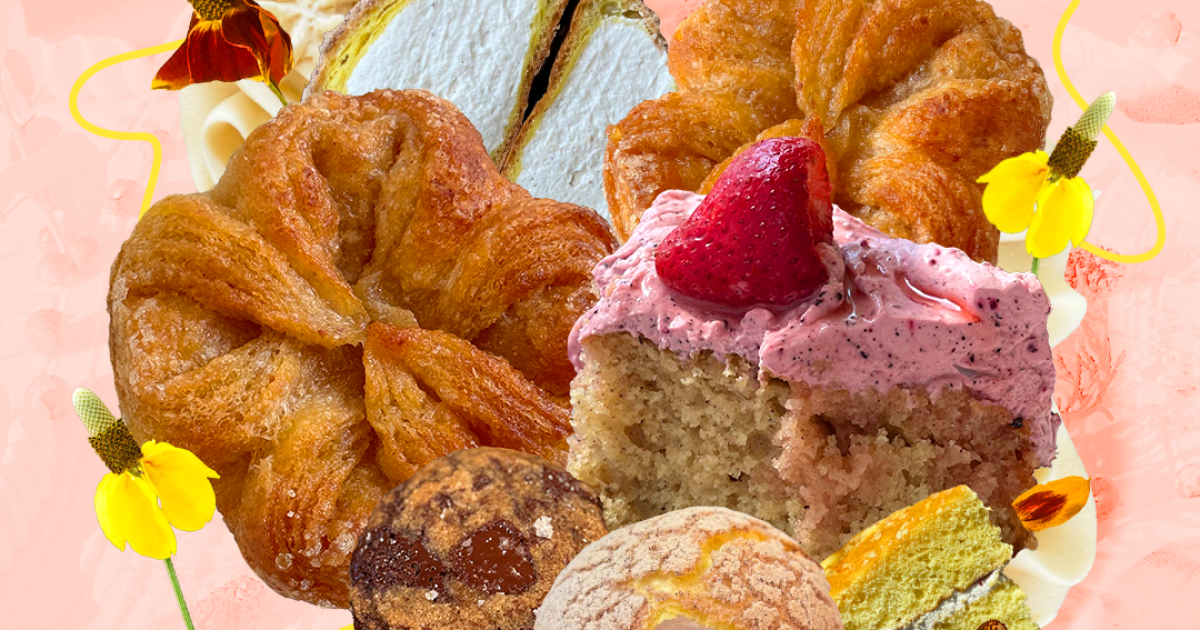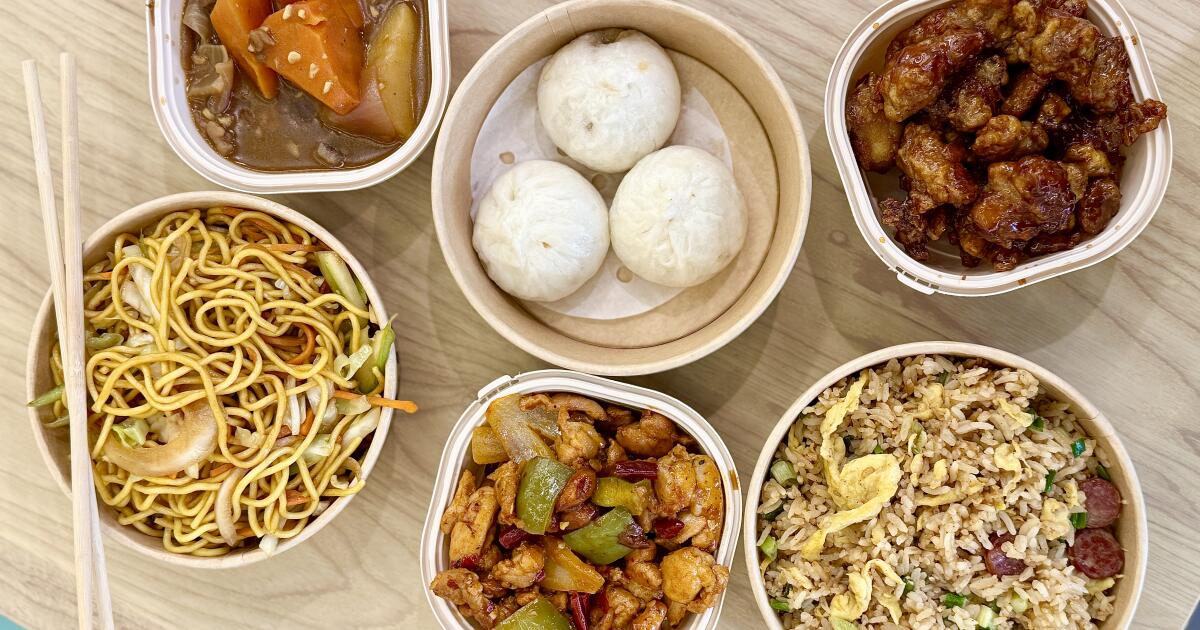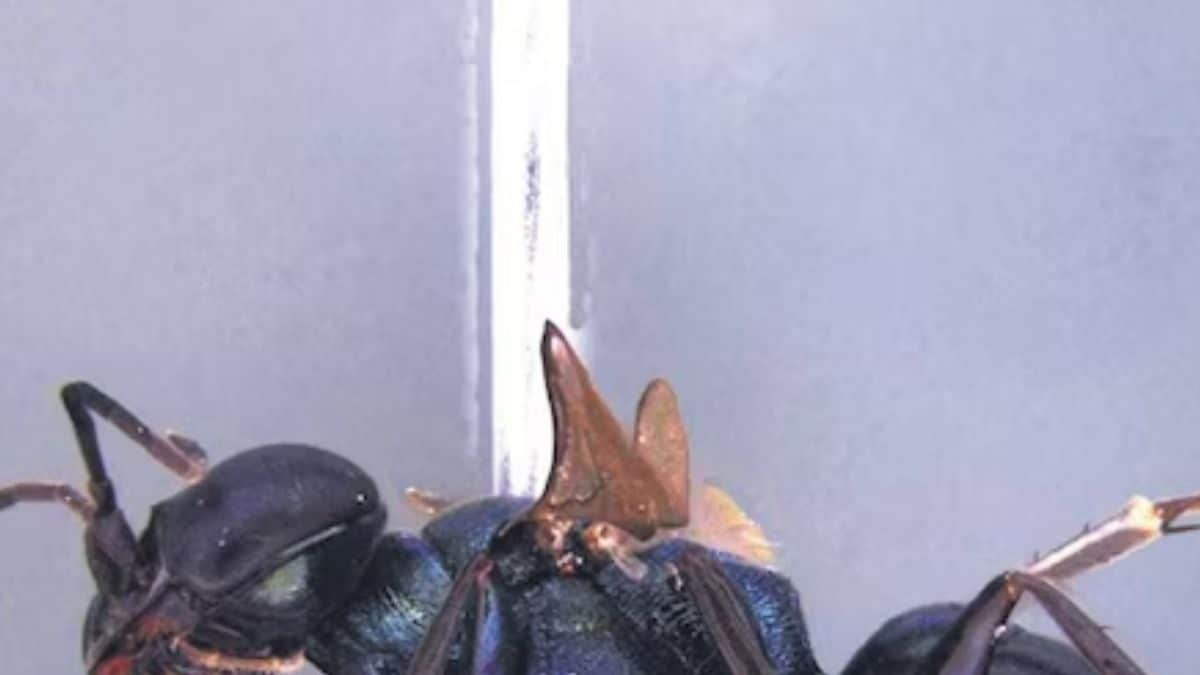Corn in Mexican pastries is not an entirely new concept. Consider coricos, a northeastern cookie originating from the Cáhita people, made with nixtamal or masa flour and shortening to give it its golden ring shape. Consider also the gelatin-based nicuatole, a silky, shiny dessert commonly found in Oaxaca.
However, the use of corn and dough flour in pastries such as pies, cookies, and pie crusts proves to be an exceptionally contemporary creation in the hands of modern bakers. Masa flour, a dry form of dough, is the product of a process called nixtamal which alkalizes corn (dried corn), makes it flexible and exists throughout the American continent. Dough is a particularly special ancient ingredient in Latin cuisines, and especially in the Mexican cuisines from which it is said to have its origin, where it is used for various dishes. Today, Mexican bakers and pastry chefs are infusing this historic ingredient into sweets in a reworked way to reconnect with the ingredient itself and all the personal and cultural history it contains.
Snack Cake from At Heart Bakery in Atlanta.
(At Corazón Bakery)
Baker and recipe writer Teresa Finney, of At Heart Bakery in Atlanta, is one of those pastry chefs whose use of dough flour in the dessert world expands the scope of imagination and flavor. Rooted in nostalgia and longing for family tamalada traditions with her grandparents, she approaches baking dough with a sense of play.
“My thought process for using masa flour in a baked product is 'let's see if this works' and then we go from there,” Finney said. “I've used it in cakes, pie crusts, cookies and even as a primary thickener in custards.”
Finney says that depending on the amount used, the flavor of masa gallina has a “corn flavor, a little smoky and earthy.” [that] It can just be a nice background flavor or it can really dominate.” He adds that in baking, because so much butter is used, the dough flour “complements the flavor of the butter very well.”
Their repertoire of dough flour desserts runs the gamut. there is fluffy chiffon dough cake, flour dough cake to snack with macerated strawberries, flour dough cookies with chocolate chips and Custardand that's just your recipe job.
Their sweet bread menu currently includes a piloncillo dough cookie, a dough flour sugar cookie with seasonal fruit frosting, a dough flour carrot cake, and a fruity dough flour cake.
Finney says he has yet to find a flavor that doesn't match the dough. “From fresh fruit to chocolate to root vegetables like sweet potatoes, I've used masa gallina along with all of these flavors and loved every version,” he said.
Where there has been ease with flavor combinations, Finney expresses the challenges of using dough in a sweet application.
“It can be very challenging to use in a baked product. It is not always as easy as changing it for another type of flour. They usually involve a lot of recipe testing,” Finney explains, saying the experience has been humbling. Like the custard, for example, which had to be tested six times before it was achieved, or the pie dough, which is still being tested.
“The main challenge is achieving adequate hydration in any application where you use masa gallina. For cakes and cookies, it may mean adding an extra egg or egg yolk; “in bread it means adding more water or milk.” She explains that this is due to the nixtamalization process and how the dough changes.
Arturo Enciso and Ana Belén Salatino of Long Beach's Bread TasteThey say adding corn to baked goods seemed natural to them, although in practice they agree with Finney.
“There has definitely been trial and error when baking with dough,” the bakers said in an email. “Since corn is gluten-free, using too much can result in a very dense and compacted product, so it is important to adjust the proportions for any recipe to achieve the desired result.”
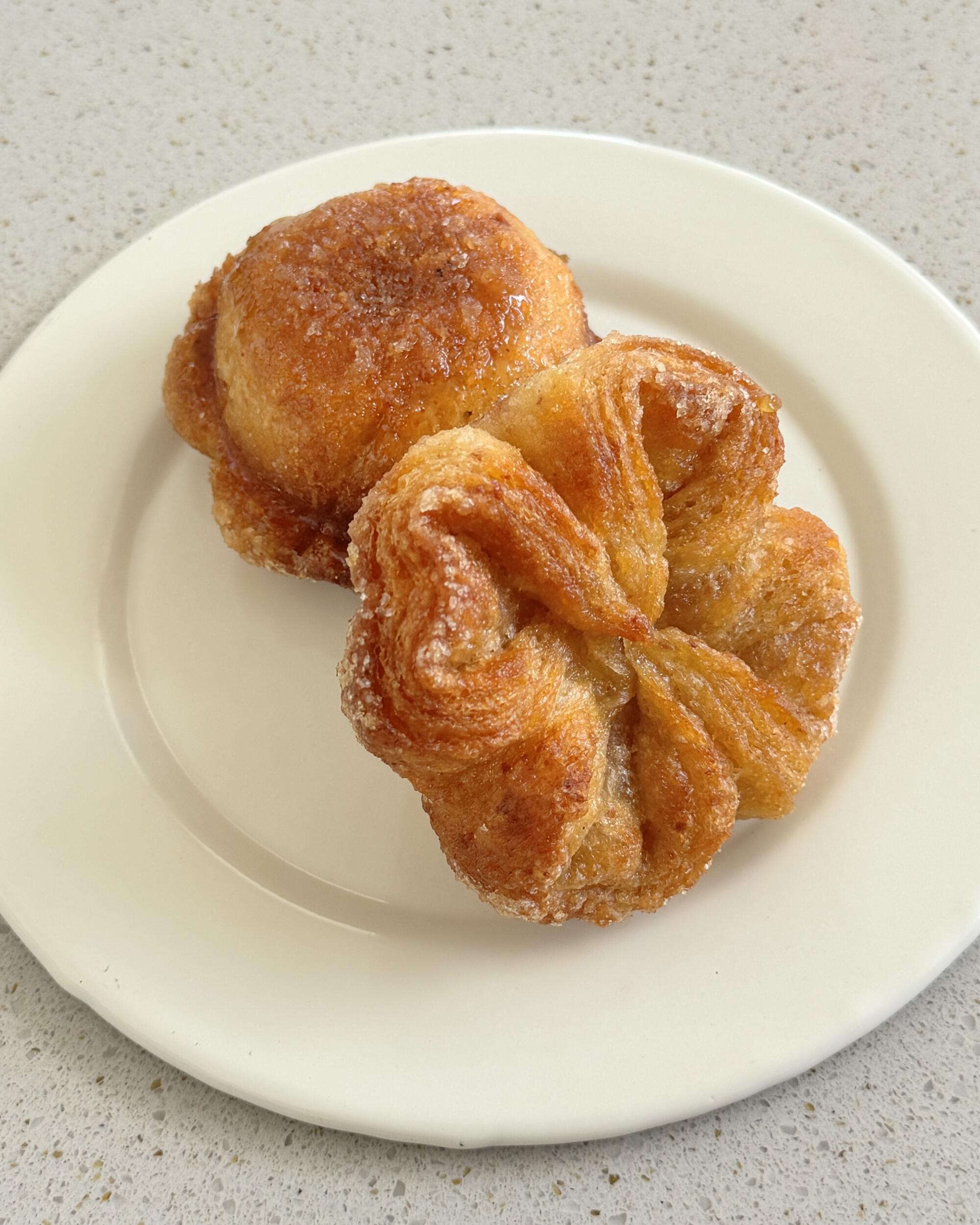
Nixtamal Reina de Gusto Bread.
(Bread to taste)
At Gusto Bread, a highly revered institution and café, Enciso and Salatino work with fresh nixtamal and rotate their selection weekly.
They have managed to create a French cake made with laminated dough, which creates flaky, buttery layers. The cake that Enciso and Salatino injected batter into is called kouign amann and they describe it as a rustic cake.
“I fell in love and decided to try it with my bread dough and when I tasted the final product it gave me great joy,” said Enciso. “I felt at home. Truly sweet bread.” She is known as the Queen of Nixtamal and, as Enciso and Salatino write, “[it] “It is a reflection of our modern culture and the times: combining sourdough, corn and lamination.”
In addition to the beloved Reina Nixtamal, Gusto Bread offers champurrado during the colder months and an atole cake that's a play on tres leches.
“Atole is the creamy sauce mixture that is scooped up with each bite of cake and complemented by a white chocolate ganache with toasted corn and whip on top,” says Enciso. “It's subtle, comforting and refreshing.”
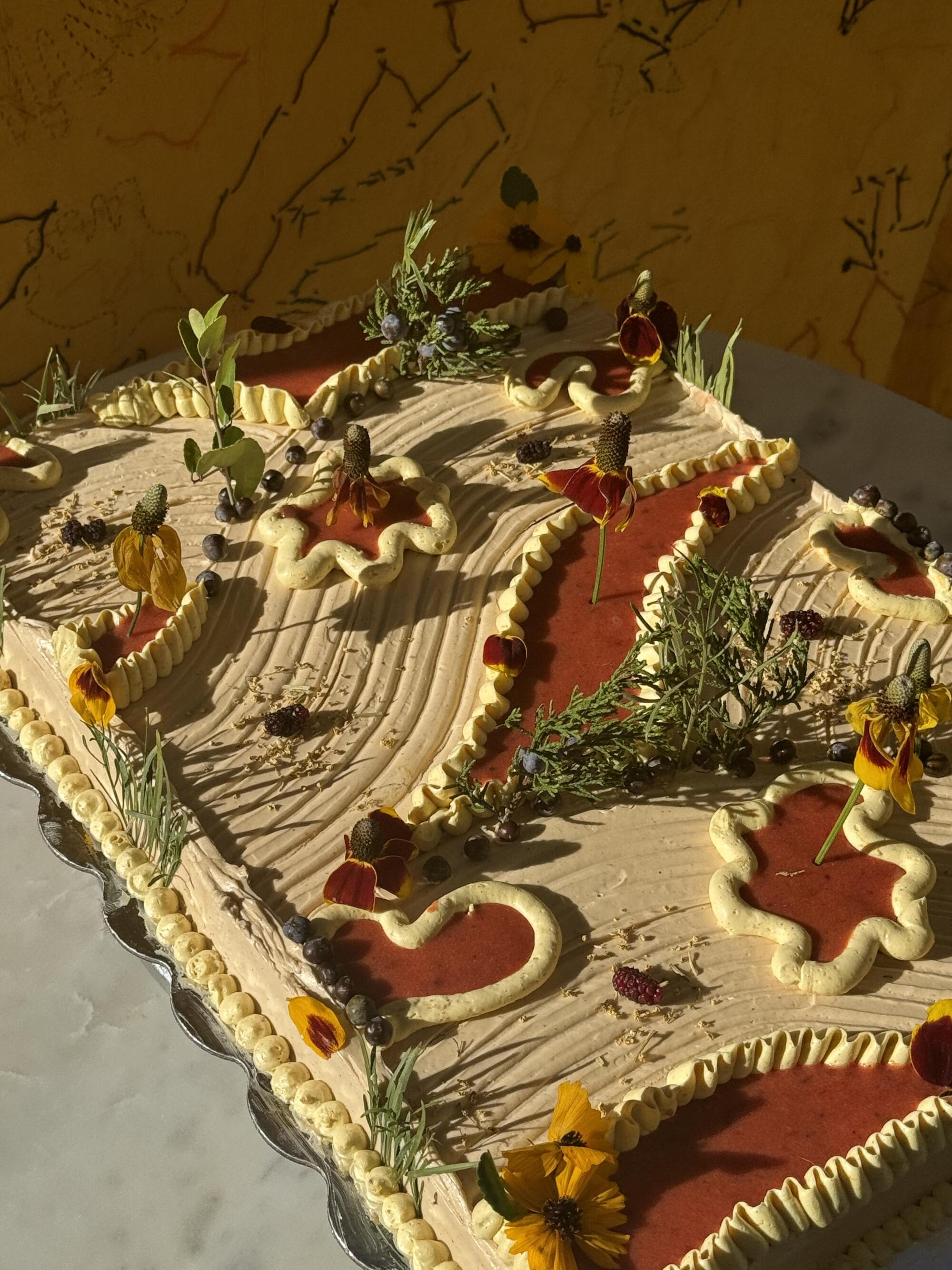
Ariana Diaz's elderflower-infused pie crust, juniper berry buttercream, and pink peppercorn curd, garnished with native Texas botanicals.
(Ariana Diaz)
In Texas, baker ariana diaz makes cakes visually inspired by nature and what grows around them to flavor and decorate. Her pies include zucchini soaked in sweet oregano cream, as well as chocolate pumpkin decorated with pea flowers, curly sprouts, and locally picked green tomatoes.
Díaz says they learned to cook professionally in a kitchen that operated with one rule: no flour. As challenging as it was, he broke new ground and ushered in personalized methods of baking and cooking that broke the mold of Eurocentric techniques. Díaz says trying dough recipes was initially intimidating due to the lack of literature and technique that existed.
“I love it because dough-based baking requires bakers to be adaptable, open and intuitive when most baking is defined by technique, scientific accuracy and consistency,” Diaz said. “The bakery could use a little more open-mindedness or else we'll just keep using the same old techniques rather than exploring what methods may not have been thought of yet.”
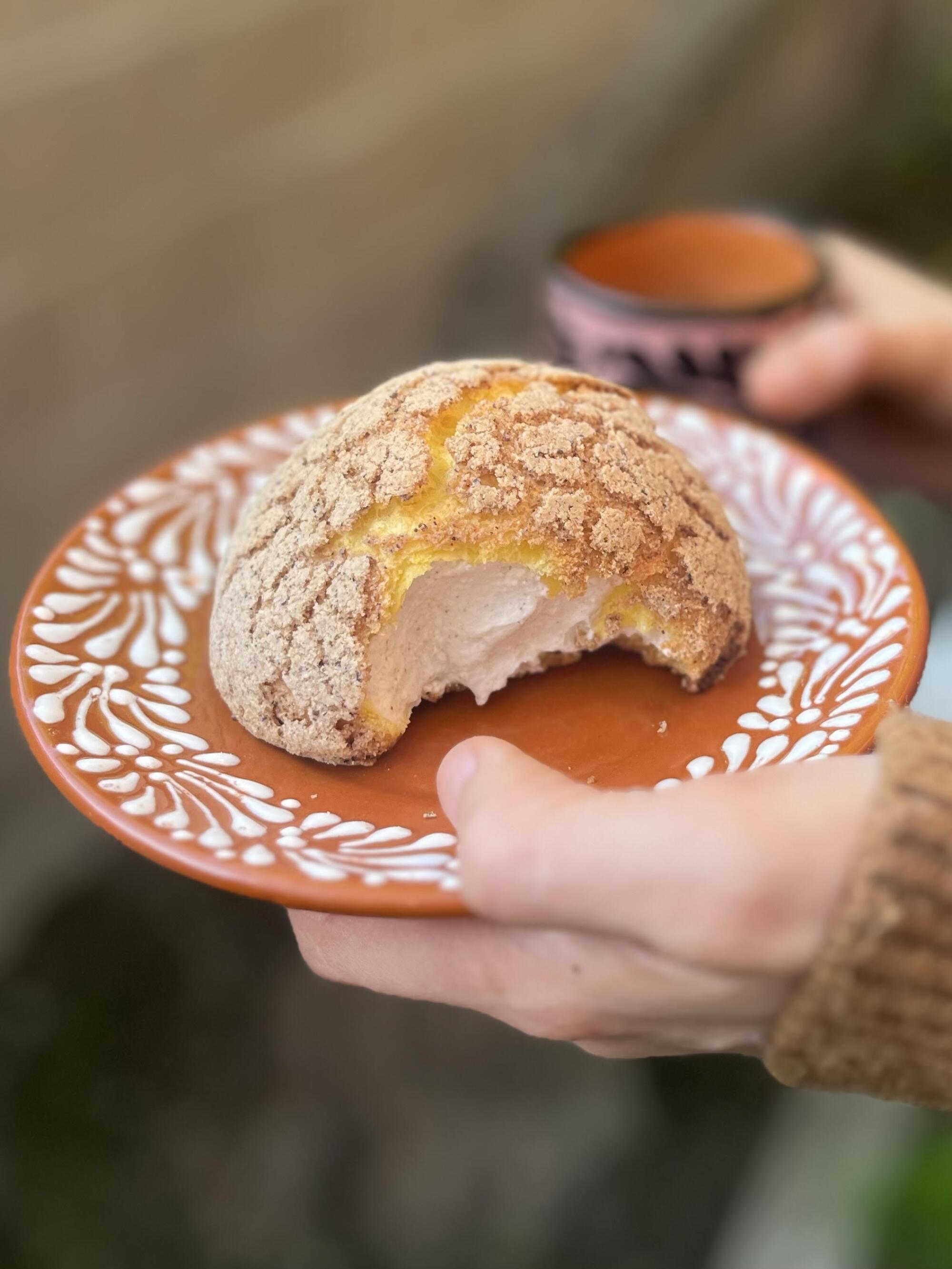
Malcriada pinole shell.
(Bad gal)
In Los Angeles, Daisy Orozco and Iran Sánchez de Malcriada Cafe It prepares a champurrado-flavored shell and a sweet dough drink is in development.
“Part of our mission at Malcriada is to 'preserve and share the culture we inherited,' so this is our way of sharing a beloved food with the world and we hope to do so in a dignified way,” they wrote in an email. “The persistence of corn through generations is something we admire.”
Their hope is that masa confections offer something unique to their Mexican community.
“We want to be the place where our friends, neighbors and family feel welcome and experience our hospitality. “Our pinole concha cream puff has familiar flavors that people have connections to, but is presented in a more indulgent way that you won't find anywhere else,” they said.
Díaz, who sweet-talks the dough pies as they bake, says working with nixtamal in pastry has had a larger impact that goes far beyond her pie pans.
“Working with corn in baking has taught me a lot about life in general,” they said. “You have to be willing to accept what you don't know and [be] I’m looking forward to taking on the challenge of trial and error if you start from scratch.”
Andrea Aliseda is a food and culture writer, vegan recipe developer, and dog mom living in Brooklyn, New York, who has had work published in Harper's Bazaar, Bon Appétit, and Epicurious. She is currently working on her first plant-based Mexican cookbook and you can find her on Instagram at @andrea__aliseda.

